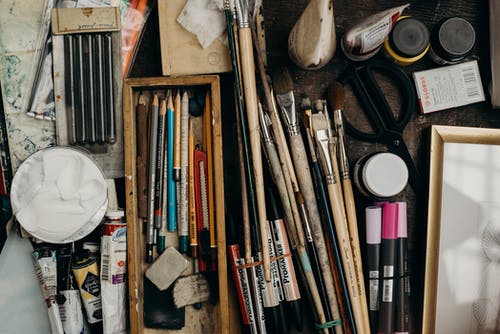Art therapy is simply the use of creative means to treat mental disorders and psychological stress. Here, artistic means are utilized to ensure the patient overcomes his/her mental disorder. It is birthed from the belief that art can be therapeutic to mentally disorderly patients.
Art therapy involves different aspects of art including drawing, painting, crafting, and even sculpting. The essence is to allow the patients to fully express themselves through art in a therapeutic manner. There are various benefits to art therapy, but there are also some key features it entails.
Therefore, we will discuss some features that occur in art therapy. These features include;
- It Helps to Relief Stress
Stress is a major factor in mental disorders or addiction and the inability to manage stress is typical of a mentally unstable person. Thus, art therapy aims to help people cope effectively by creatively expressing themselves. Art such as drawing or painting can a relaxing exercise under proper settings.
So, one feature of art therapy is to create a means of coping with stress for patients.

- Not Restricted to One Activity
Often, other forms of therapy might be restricted to some specific activities; but art therapy isn’t. It allows the recovery person full expression of his/her feelings or emotions through art. It could be through drawing, sculpting, painting, photography, etc.
The aim is to ensure the person is allowed to express him/herself in the most creative way possible based on his/her preference.
- Not Limited to One Location
Art is very expressive and can occur in different settings. So, with art therapy, you are limited to having activities only within a facility. It can be at home, outdoor, indoor, almost any way that allows the creative expression of the recovering patient.
- It Helps Create a Sense of Hope
Getting addiction to drugs or alcohol and accepting such addiction weighs a lot on self-confidence. Even in the process of recovery patients could still have feelings of self-doubt about achieving anything meaningful in life. But watching art come to life as their paint or simply the burst of colours can give renewed hope that there is still more to do in life.
Therefore, art therapy is vital for relieving stress and giving hope and a new perspective to recovering patients. It features drawing activities, painting, photography, etc. All to encourage and help the patient on his/her road to recovery, giving them something fun to always anticipate.